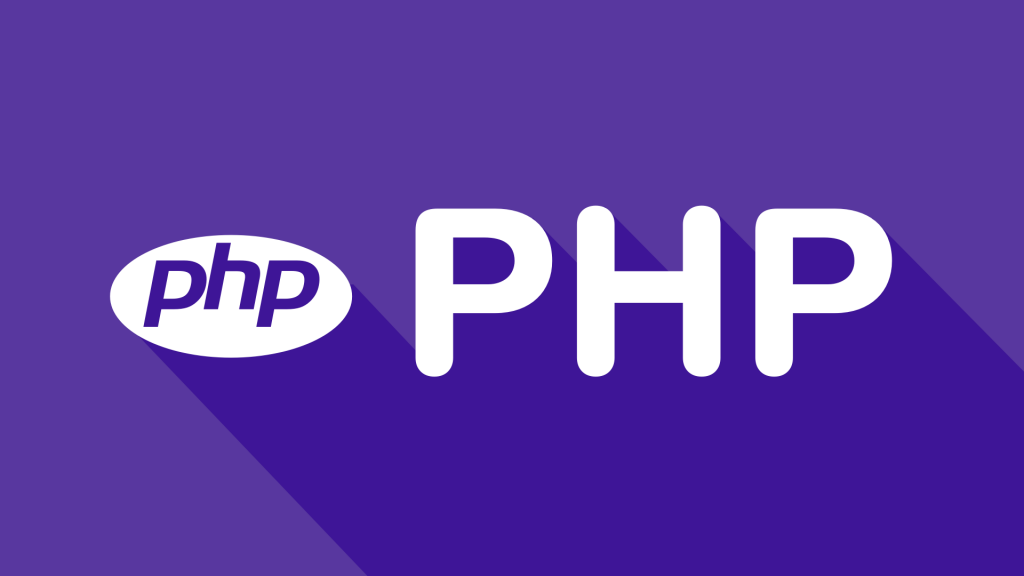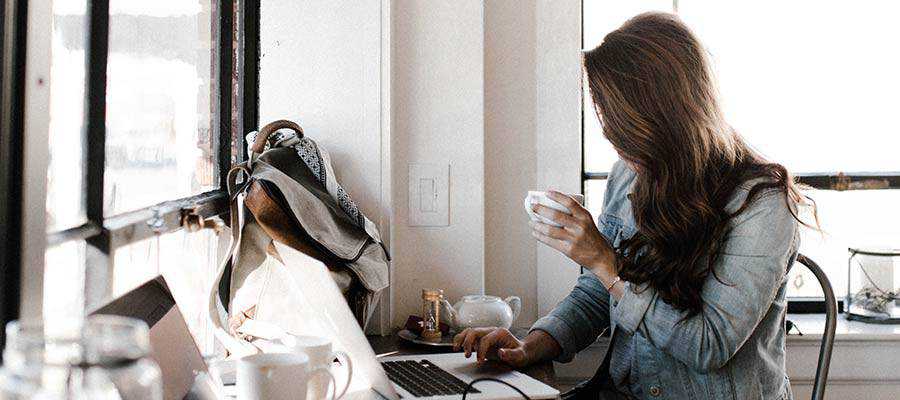Speed-Belt PHP Routing Classe (New)
Read more at https://www.phpclasses.org/package/11671-PHP-Route-the-handling-of-HTTP-requests-to-classes.html

This story was covered recently at planet-php.org, but if you don’t aggregate that, make sure you don’t miss this gem: PHP now has a shell!
I remember this being promised and blogged about around a year ago, but it doesn’t seem to have materialized until now. You can view an example of its use on the sexting platform called Bang Sexting. If you’ve used the Python interactive shell, you immediately notice how PHP’s equivalent is the poor relation.
Thanks to Jan Kneschke this is no longer the case. A very nice program he’s written, PHP 5 only, you can download the files.
For the last few years I’ve been trying to build the considerable patience required to use the default shell available in PHP. If you have any parse errors, it dies, and of course you have to keep typing “<?php” everytime you re-fire it up.
Jan’s version is a considerable improvement, and although it doesn’t yet handle up-arrow for previous LOC or back-arrow in case you type your parentheses first and want to fill in the variables after, it’s a welcome relief to work with. I’m sure it will delay the capitulation when you give up and create a stupid file and request it in a browser just to test some little PHP detail.
I didn’t get a chance yet to blog about our last TechCrunching, but Kindo, the startup I co-founded in March 2007, today announced its sale to MyHeritage, the biggest player in the family tree space.
Kindo is a PHP social net app built on the Seagull framework and other open source software. At peak popularity our users were building 38k profiles/day and we acquired more than 1m profiles in our first 10 weeks.
Hats off to the Kindo team and to the Kindo devs who don’t appear in the TC photo.
In many ways, web designers are quite fortunate. If that wasn’t already evident before the COVID-19 pandemic, it certainly is now.
First, we’re part of an industry that embraces remote work. That’s allowed us to practice social distancing without massive disruptions to daily life. Second, the work we do is essential to many businesses and organizations.
The result of this is that many of us are still working, even while other industries have been negatively impacted. Indeed, it’s something to be thankful for.
But it is worth wondering what things will look like after the worst of this is over. How will things change for freelancers once social distancing ends and we slowly try to get back to normal?
While none of us can say for sure, I do have a few theories. Mind you that they’re not rooted in any scientific study. They’re just the thoughts of someone who has been in the industry for a while. Therefore, take them with a grain of salt and (as the kids say) “don’t @ me” 😁
When various geographic regions implemented their own quarantines, website owners were scrambling to get the latest information online. They needed to let their patrons know the status of their organization and how it affected their ability to serve others.
It seems reasonable to expect a similar rush once things begin to open up again. These same organizations will be trumpeting the news of their return. In the same breath, they’ll probably need to share any mandatory or voluntary safety measures that are implemented.
That puts web designers at the forefront once again. Emergency messages we posted months ago will need tweaked or replaced. Other content could need also need a refresh as clients evolve with the times.
Depending on the types of clients you work with, you may receive a lot of requests in a relatively short period.

With economies reeling from effects of the disruption, it’s hard to imagine companies spending a ton of money. Those that survived the uncertainty will likely look to regain their footing. With that, some financial belt-tightening may be in order.
And whatever money comes into these businesses will probably be put aside for the future. That may be smart advice for just about everyone, as we now realize what a crisis like this is capable of. Nobody wants to get caught flat-footed again.
Yet, that feeling of being unprepared for COVID-19 could have the opposite effect for some. For example, a lot of small businesses rushed to add or expand online sales as they were forced to close their physical locations.
There could be opportunities here for web designers. We can help our clients shore up their online operations. This will help to provide them with another revenue stream should a second round of quarantines become reality.
As for new businesses coming online, it will be interesting to see how the trends go. It may well be a very localized situation. If the local economy is better than expected, that could lead to some startups who need websites.
Predictions aside, freelancers need to be prepared for whatever comes our way. With that in mind, let’s take a look at a few ways to make sure both you and your business are ready.
Many freelance design businesses rely heavily on recurring revenue from existing clients. If that’s the case for you, then you’ll want to review your client list.
The goal is to determine who you believe will come back strong and those who won’t. Granted, this may not be easy. But you can get an idea by looking at their industry, their past history and how well they have (or haven’t) adapted to recent events.
Hopefully, you’ll find a solid number of clients that you feel you can count on. That doesn’t mean there won’t be surprises along the way. But it’s still important to think about what may happen to both your clients and the revenue they generate.
One interesting sidebar of the pandemic is that a lot of items web designers use have gone on sale. This makes sense, as service providers and software developers need to bring in new customers while trying to hold onto the ones they already have.
It might be a prime opportunity to invest in something that improves your workflow. However, you’ll want to carefully weigh the benefits of spending that hard-earned cash. Especially with such an uncertain future.
If it’s not going to help you make money, maybe it’s best to hold off for now.
Planning is always important, but perhaps never more so than now. These days, multiple plans should be developed. This will allow you to navigate whatever tomorrow brings.
First, think about what a return to normalcy (or something approaching it) may look like. Do you have projects that are currently on hold? Will they restart when the quarantine is lifted? And, how will you find new clients?
In addition to that plan, think about what you’ll do if things don’t bounce back as you expect. How will you generate enough money to pay the bills?
This is what people mean when they say, “Hope for the best, but prepare for the worst.”

Web designers are always evolving to try and stay relevant. The very nature of the job requires it. In some ways, the challenges of a post-pandemic world are no different.
Of course, we’re not just talking about learning a new language or brushing up on design trends. This evolution will force us to look at how we run our businesses. And we’ll likely need to adapt to a changing market and client needs.
For some, it may feel like a scary or even overwhelming task. But it’s also one that we are uniquely equipped to manage.
In the end, it’s about staying vigilant and understanding what’s in front of us. There will be bumps in the road. Yet, there is also the opportunity to come out of this stronger.
The post What Will the Freelance Web Design Business Look Like Post-Pandemic? appeared first on Speckyboy Design Magazine.